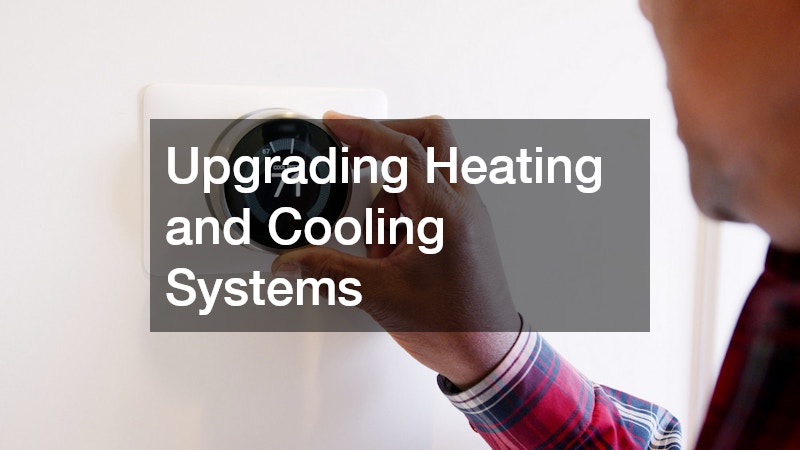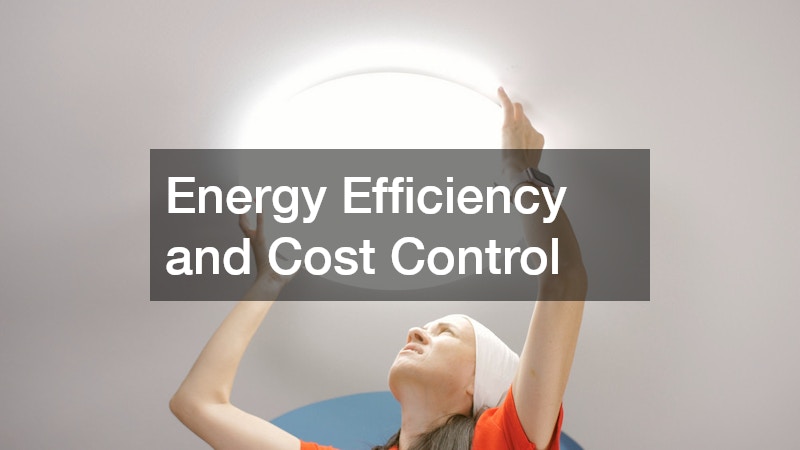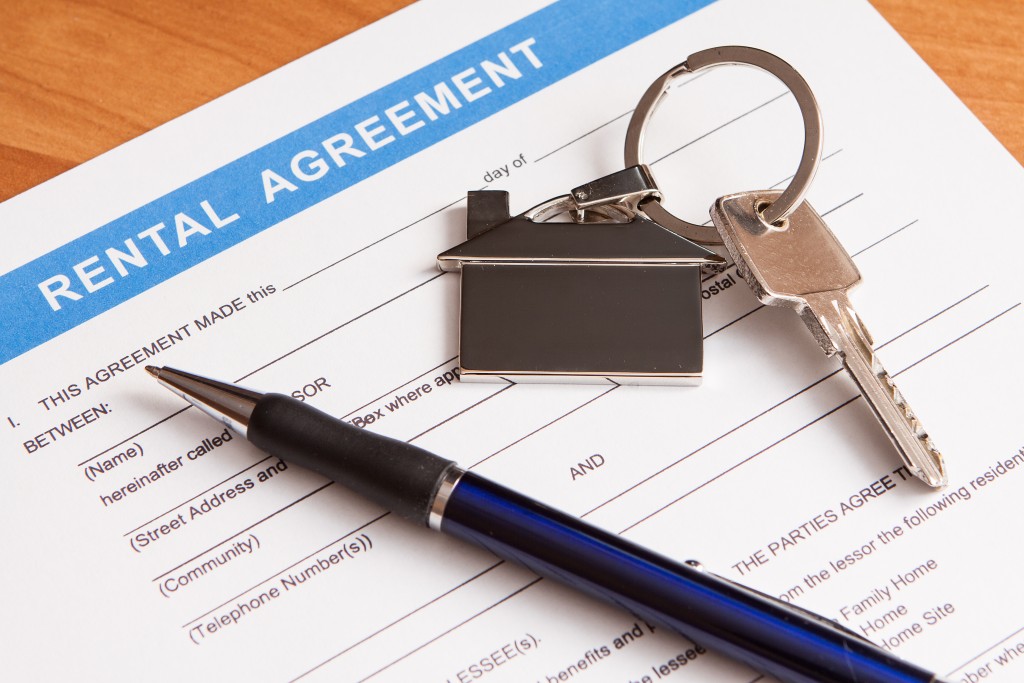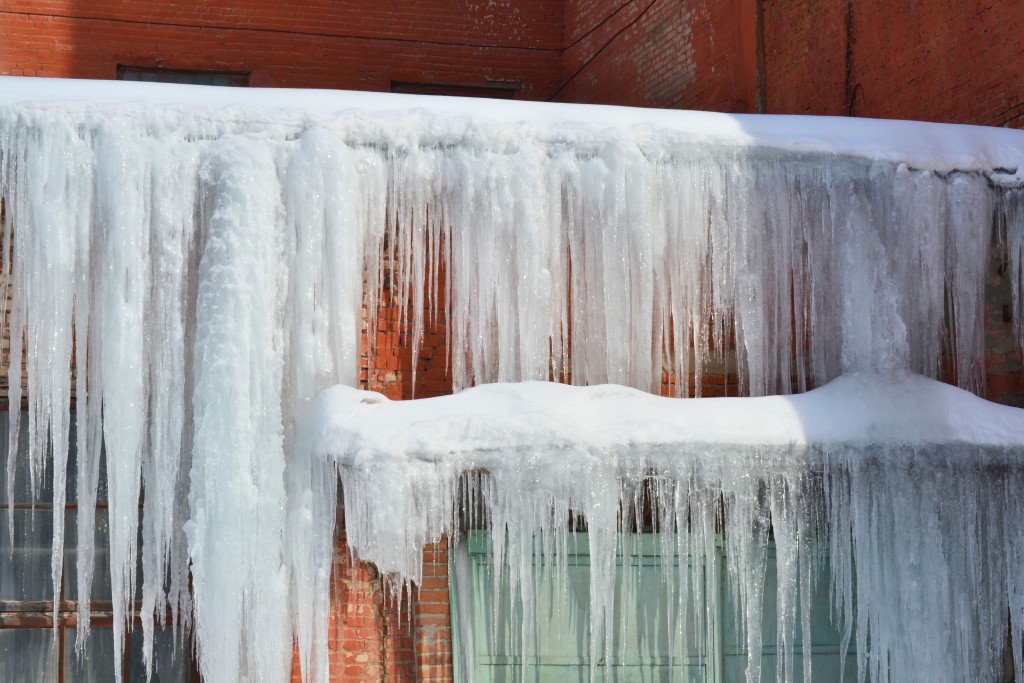Owning a rental property brings both rewards and responsibilities. While regular maintenance is part of the job, frequent repair calls from tenants can quickly become frustrating and costly. The best way to minimize these interruptions is by investing in durable, low-maintenance upgrades that stand up to everyday use. A few strategic improvements can help extend the life of your property’s systems and finishes while creating a better living experience for tenants.
When you choose long-lasting materials and modern fixtures, you’re not just reducing headaches—you’re adding long-term value to your investment. Small details like improved insulation, sturdy flooring, and quality plumbing fixtures can make a major difference in reducing future repairs. Even replacing outdated hardware or inefficient systems can significantly lower maintenance demands and improve the reliability of the unit.
Property owners who think ahead also tend to attract better tenants. A well-kept, upgraded rental sends the message that the landlord values upkeep and comfort, which often leads to more responsible renters who take care of the space. Over time, this reduces turnover, improves satisfaction, and enhances the property’s reputation. Simple, practical upgrades—like quiet appliances, bright lighting, and durable finishes—can help your unit stand out while reducing service requests.
- Focusing on Long-Term Durability
- Easy-to-Maintain Surfaces and Finishes
- Preventing Moisture Damage and Mold Growth
- Small Bathroom Improvements That Make a Big Difference
- Choosing the Right Materials for High-Use Areas
- Refreshing Bathrooms for Long-Term Value
- Upgrading Heating and Cooling Systems
- Functional Kitchen Upgrades That Reduce Hassle
- Preventing Plumbing Problems Before They Start
- Using Paint and Design to Simplify Maintenance
- Energy Efficiency and Cost Control
- Flooring That Can Handle Heavy Use
- Lighting and Electrical Improvements
- Doors, Windows, and Insulation
- Landscaping and Exterior Maintenance
- Creating a Preventive Maintenance Plan
- The Value of Professional Support
- Smart Tenant Renovations That Reduce Maintenance Issues
- A Long-Term Strategy for Fewer Calls and Happier Tenants
Focusing on Long-Term Durability

One of the biggest mistakes property owners make is choosing low-cost materials that wear out quickly. While it might seem like a money-saving move, those budget decisions often lead to more maintenance requests later. High-quality materials and sturdy fixtures typically pay for themselves over time. Stronger flooring, moisture-resistant finishes, and modern systems can help prevent breakdowns and keep calls to a minimum.
Another key aspect of durability is thinking beyond individual components. For example, upgrading door hardware, window locks, or even hinges can reduce small repairs that pile up over time. Small investments in durable fittings help prevent everyday frustrations like sticking doors, squeaky windows, or broken handles. Over time, these minor upgrades translate to fewer tenant complaints and lower repair costs.
Easy-to-Maintain Surfaces and Finishes
Rental properties experience more wear and tear than owner-occupied homes. Durable surfaces are essential to reducing daily maintenance issues. Easy-clean flooring, semi-gloss wall finishes, and non-porous counters can all help prevent staining and damage. Regular upkeep and periodic deep cleaning with expert cleaners also go a long way toward extending a property’s lifespan.
In addition to material choice, design matters. Selecting surfaces with minimal grout lines, smooth finishes, and stain-resistant coatings reduces the time and effort needed for maintenance. When tenants can clean surfaces easily without damaging them, minor issues are less likely to escalate into full maintenance requests.
Preventing Moisture Damage and Mold Growth
Water damage is one of the most expensive and recurring maintenance issues in rental units. Moisture buildup behind walls, under flooring, or around bathrooms can quickly turn into costly repairs if not addressed. Proper ventilation, sealing, and moisture-resistant materials can significantly reduce the likelihood of these problems.
Regular inspections are just as important as the upgrades themselves. Checking under sinks, around tubs, and behind appliances can catch small leaks before they cause major damage. Making sure to take care of any mold remediation as needed is imperative to keeping the space healthy and liveable.
Small Bathroom Improvements That Make a Big Difference

As bathrooms are one of the most frequently used and most frequently repaired areas in any rental unit, it’s best to priotize bathroom remodels in your upgrades. Upgrading fixtures to high-quality, low-maintenance options helps prevent leaks and clogs. Replacing older faucets, adding better lighting, and ensuring proper sealing around tubs and sinks are simple upgrades that can prevent recurring problems. Reach out to local countertop services to look into modern upgrades for your surfaces, especially those with cracks and discoloration. Adding shelving, cabinets, or hooks helps keep items off countertops and floors, reducing wear and potential water damage. A thoughtful layout reduces stress on surfaces and fixtures, cutting down on maintenance calls.
Choosing the Right Materials for High-Use Areas
Kitchens, hallways, and bathrooms take the most wear in any rental property. Investing in strong, stain-resistant counters and durable flooring materials can minimize upkeep for years. Vinyl plank, ceramic tile, and laminate options provide both visual appeal and easy maintenance without requiring constant refinishing.
It’s also important to consider long-term resilience when selecting hardware and fixtures. Fresh installations of kitchen cabinets and their respective handles, drawer slides, and door hinges are important as they all see heavy use. Choosing options built for frequent operation ensures they last longer and reduces the likelihood of tenants reporting broken or squeaky components.
Refreshing Bathrooms for Long-Term Value
A tired bathroom can be a source of constant complaints, especially if plumbing or surfaces begin to fail. Even minor leaks can lead to significant problems if left unaddressed. Modern updates that focus on durability, such as moisture-resistant drywall or waterproof flooring, can prevent many future issues. Reliable local plumbers can quickly address leaks, clogs, and other plumbing issues before they turn into costly repairs.
Adding features that simplify tenant maintenance can also make a difference. For example, upgrading to single-lever faucets or low-maintenance showerheads minimizes wear and prevents minor user errors from turning into repairs. Structural choices like quality shower doors make a big difference when it comes to quality of life, as small enhancements improve daily usability while reducing the need for frequent interventions.
Upgrading Heating and Cooling Systems

Few things generate maintenance calls faster than an unreliable heating or cooling system. Poor air circulation, inconsistent temperatures, or frequent system breakdowns frustrate tenants and add to repair bills. A well-maintained climate system not only keeps renters comfortable but also protects your property from humidity-related damage.
Energy efficiency upgrades with HVAC companies also have long-term benefits. Programmable thermostats, high-efficiency filters, and properly sealed ducts reduce stress on the system and prolong its lifespan. Tenants benefit from lower utility bills and consistent comfort, which leads to fewer complaints and a smoother management experience.
Functional Kitchen Upgrades That Reduce Hassle
Kitchens experience constant traffic and heavy use. The right design choices can dramatically reduce wear and minimize maintenance needs. Upgrading to durable surfaces, moisture-resistant backsplashes, and easy-to-clean materials pays off quickly.
In addition to surfaces, layout improvements help prevent damage and reduce repair calls. Adequate counter space, well-placed outlets, and organized storage prevent accidental spills, overloaded circuits, and improper use of appliances. A well-thought-out kitchen layout benefits both tenants and property owners.
Preventing Plumbing Problems Before They Start
Leaks, clogs, and slow drains are among the top maintenance requests from tenants. Many of these issues can be avoided with proactive upgrades and regular inspections. Modern fixtures, high-quality pipes, and efficient water systems can make a major difference.
Educating tenants on proper care can also reduce issues. Simple guidelines on what should not go down drains, how to use garbage disposals safely, and when to report small leaks can prevent costly damage. When combined with durable fixtures and professional inspections, tenant awareness supports long-term system reliability.
Using Paint and Design to Simplify Maintenance
Regular repainting can quickly add up if the wrong materials are used. High-traffic areas need surfaces that resist scuffs, fingerprints, and stains. The right interior paint selection can keep a rental looking fresh longer and limit how often you need to repaint between tenants.
Color choice and finish also affect maintenance. Lighter neutral tones hide minor imperfections better, while semi-gloss or satin finishes are easier to clean than flat paints. Thoughtful selection helps reduce touch-ups and keeps walls looking pristine, saving time and money in the long run.
Energy Efficiency and Cost Control

Energy-efficient upgrades not only save tenants money but also reduce strain on property systems. LED lighting, efficient windows, and low-flow fixtures all contribute to fewer repair issues. These upgrades also make the property more attractive to eco-conscious renters who appreciate long-term value.
Beyond individual improvements, combining efficiency upgrades can prevent secondary problems. For example, properly insulated windows reduce condensation, which protects walls and window frames from water damage. This proactive approach helps reduce both energy costs and maintenance requests simultaneously.
Flooring That Can Handle Heavy Use
Flooring is one of the most visible and high-impact upgrades in a rental property. It needs to be durable, easy to clean, and resistant to moisture and scratches. Hard surfaces such as laminate, vinyl plank, or tile often outperform carpet in high-traffic areas.
Adding protective features like entryway mats, door stops, or corner guards can further extend flooring life. These simple measures prevent scuffs and scratches caused by furniture or daily wear, reducing the need for expensive repairs or replacements.
Lighting and Electrical Improvements
Outdated lighting can make a property feel older and contribute to safety concerns. Replacing fixtures with modern, energy-efficient options improves both functionality and appeal. Adding brighter bulbs or motion-activated lights in common areas can also increase tenant satisfaction while discouraging misuse.
Proper labeling and organized electrical panels also reduce confusion and prevent accidental overloading or misuse. Tenants who understand their electrical system are less likely to cause problems, leading to fewer emergency service calls and a safer rental environment.
Doors, Windows, and Insulation
Drafts and noise complaints are common tenant concerns. Well-sealed windows and doors not only improve comfort but also reduce energy waste. Proper insulation keeps interior temperatures consistent and reduces strain on HVAC systems.
Regular inspection and maintenance of seals, weatherstripping, and thresholds prevent small issues from becoming major repairs. Keeping these components in top shape reduces complaints about drafts, cold spots, and moisture intrusion while protecting the property structure.
Landscaping and Exterior Maintenance
The outside of a rental property often determines a tenant’s first impression. Well-maintained landscaping not only boosts curb appeal but also reduces problems such as water pooling, pest intrusion, and foundation damage. Selecting low-maintenance plants, installing drip irrigation, and grading the property for proper drainage are smart long-term strategies.
Exterior upkeep goes beyond plants and soil. Regularly checking gutters, downspouts, and siding prevents water damage and structural problems. Properly maintained exteriors reduce tenant complaints, protect your investment, and save on costly repairs down the road.
Creating a Preventive Maintenance Plan
Even with high-quality upgrades, preventive maintenance is essential. Creating a detailed schedule for inspections, cleanings, and minor repairs helps avoid major issues down the road. Many landlords find it helpful to develop seasonal checklists that include HVAC filter changes, plumbing checks, and gutter cleanings.
Tracking maintenance history for each property can identify patterns and anticipate future needs. Documenting repairs, upgrades, and inspections not only streamlines management but also informs decisions about future investments that minimize service calls.
The Value of Professional Support
Owning rental property isn’t just about collecting rent—it’s about protecting an investment. Building relationships with reliable contractors and service providers makes property management easier and more efficient. Having trusted specialists on call for electrical, plumbing, and HVAC needs ensures quick, professional fixes when they’re needed.
In addition, professional input during renovations can save significant costs in the long run. Experts can recommend materials, layouts, and fixtures that reduce future maintenance, helping landlords make smarter investments from the outset. This foresight prevents minor issues from turning into major headaches.
Smart Tenant Renovations That Reduce Maintenance Issues
Investing in thoughtful tenant renovations can significantly reduce the number of service requests you receive. Renovations that focus on durability and ease of upkeep create a rental unit that stands up to daily wear and tear. Simple improvements such as updating fixtures, reinforcing high-traffic areas, and installing resilient flooring can prevent minor issues from escalating into major repairs.
Beyond materials, design choices in tenant renovations play a crucial role. Open layouts, well-placed storage, and logically arranged plumbing and electrical systems make it easier for tenants to use the space correctly. When tenants can navigate a unit efficiently and avoid accidental damage, landlords see fewer maintenance calls and enjoy smoother property management.
A Long-Term Strategy for Fewer Calls and Happier Tenants
The most successful rental property owners take a proactive approach to maintenance. Investing in durable upgrades, hiring quality professionals, and keeping a consistent maintenance routine all contribute to fewer interruptions and higher satisfaction for everyone involved.
Creating a long-term plan that combines quality materials, preventive maintenance, and tenant education provides a more predictable and manageable property management experience. Over time, the combination of thoughtful upgrades and routine care not only reduces repair calls but also increases tenant retention, property value, and overall profitability.





